Improving Crystallization of Wide‐Bandgap Lead Halide Perovskite for All‐perovskite Tandems
Advanced Energy Materials, Volume 15, Issue 16, April 22, 2025.

The incorporation of 2,5-dibromothieno[3,2-B] thiophene (DBrT) into wide-bandgap (WBG) perovskite solar cells (PSCs) enhances crystallization, reduces defects, and improves stability by promoting crystal growth and passivating both bulk and interface defects. This results in a champion PCE of 22.40% for inverted 1.66 eV WBG PSCs, 20.39% for semi-transparent devices, and 28.31% for 4-terminal all-perovskite tandem solar cells.
Abstract
Wide-bandgap (WBG) perovskite solar cells (PSCs) are crucial component of tandem solar cells (TSCs). However, the main obstacles currently faced by WBG PSCs are their imperfect crystal quality, leading to large open circuit voltage (V OC) losses and poor stability. The use of 2,5-dibromothieno[3,2-B] thiophene (DBrT) as an additive in WBG PSCs enhances crystal quality, mitigates defects, and improves stability by promoting crystal growth and passivating bulk and interface defects. The interaction between Pb─S bonds, π–π stacking, and hydrogen bonding facilitates an ordered molecular arrangement, leading to better crystallization and reduced non-radiative recombination. Meanwhile, DBrT can also spontaneously diffuse to the grain boundary, thus permeate to top and buried surfaces of perovskite, further passivating defects at the interfaces and reducing non-radiative recombination. This strategy not only improves energy level alignment and carrier transport but also achieves a champion power conversion efficiency (PCE) of 22.40% for the inverted WBG PSC with a high V OC of 1.27 V. a PCE of 20.39% for semi-transparent devices, and a high 28.31% PCE for 4-terminal all-perovskite tandem solar cells, thereby offering a comprehensive approach to enhancing the performance of WBG and tandem perovskites.







































































































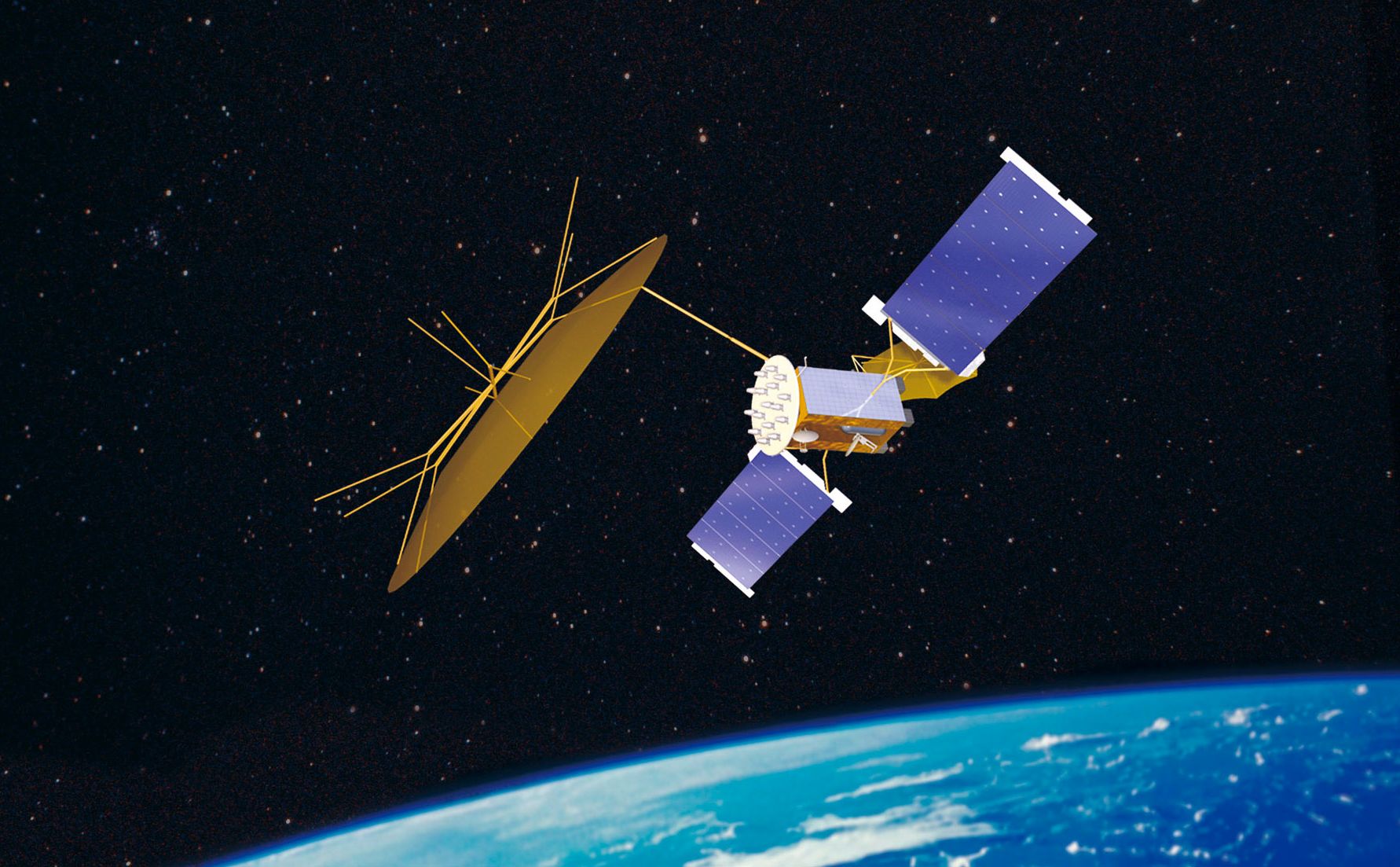
















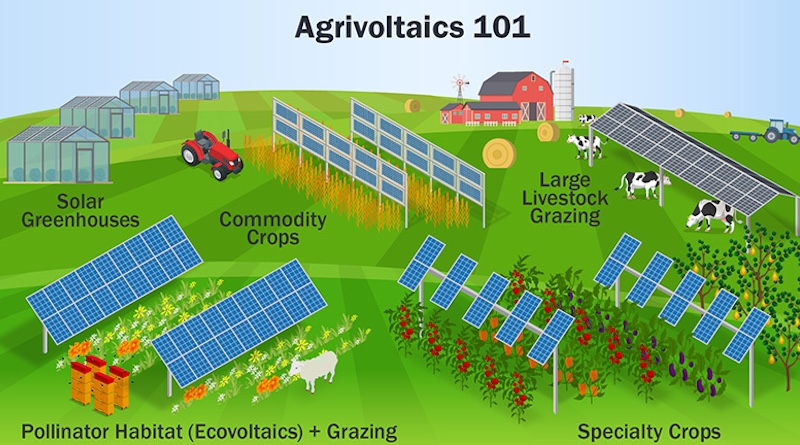

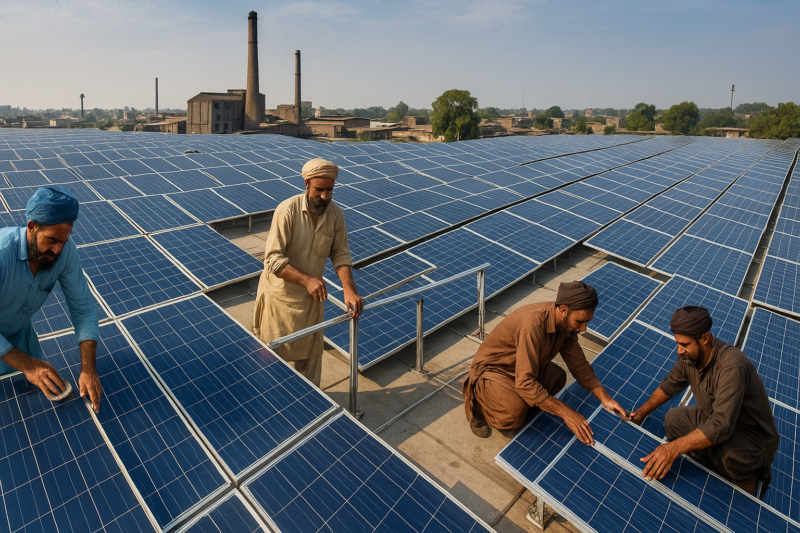









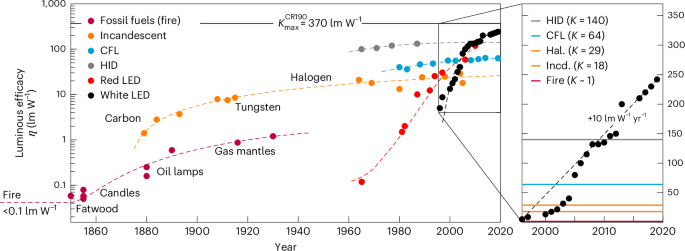






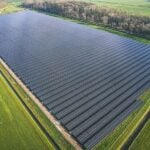
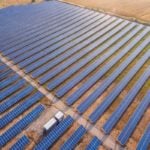




























.jpg)




